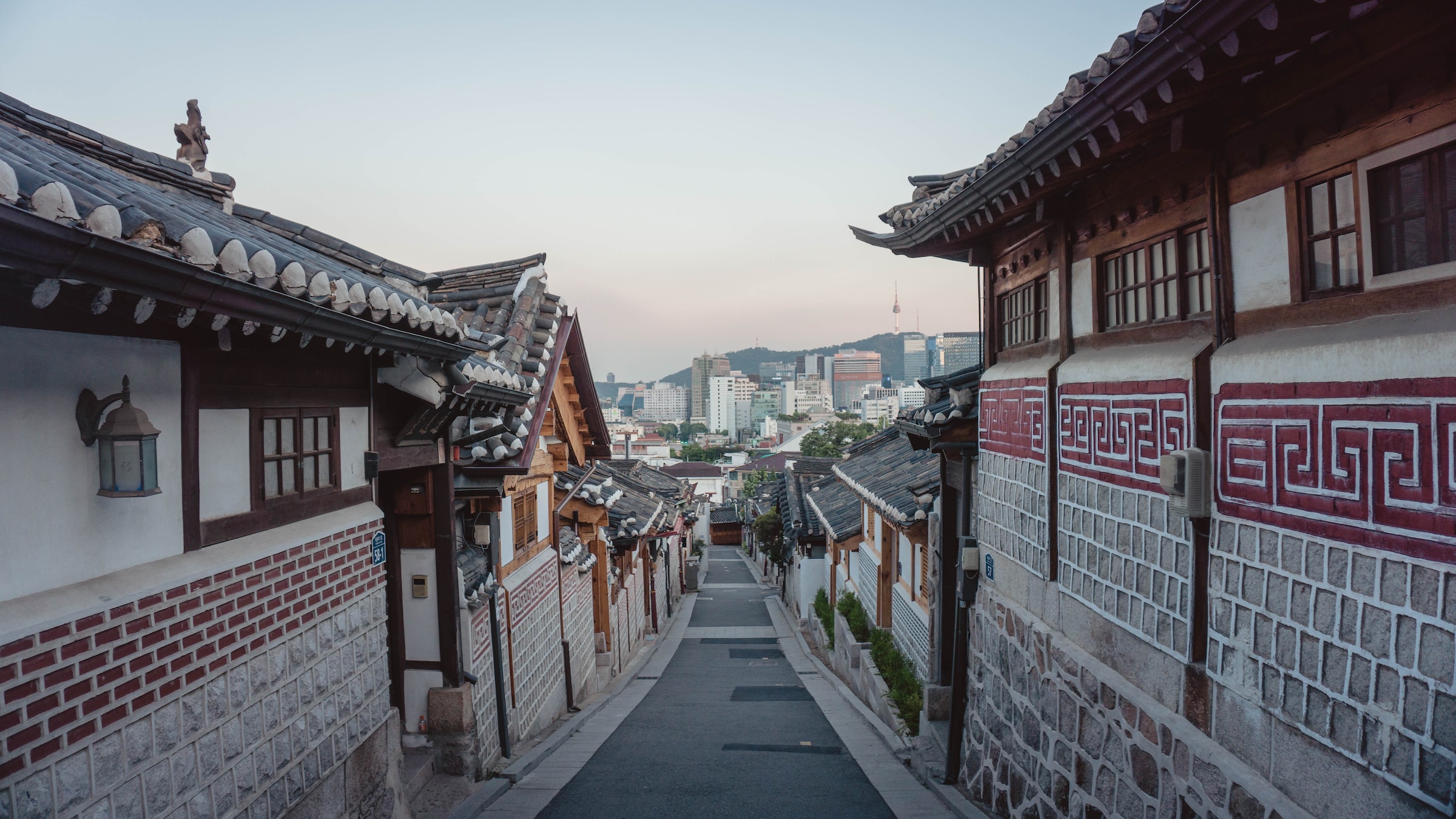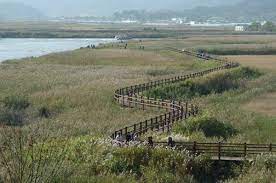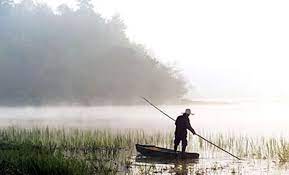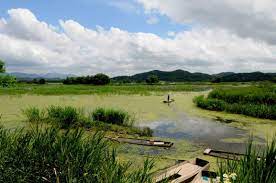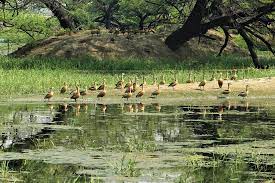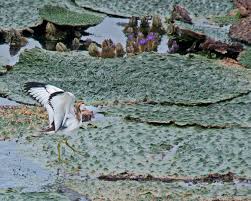Upo Marsh, located in the southern part of South Korea, is indeed the largest inland wetland in the country. It's a significant ecological and natural site, known for its diverse ecosystems, bird species, and the role it plays in maintaining regional biodiversity. Here's more about Upo Marsh and its importance: Ecological Diversity: Upo Marsh is characterized by its unique combination of wetlands, reed beds, open waters, and flooded rice fields. This diversity of habitats supports a wide range of plant and animal species, making it an essential area for ecological conservation. Wetland Habitats: The marsh's various habitats include marshes, swamps, ponds, and waterlogged rice paddies. These environments are vital for many species of plants and wildlife, providing breeding grounds, shelter, and food sources. Biodiversity: Upo Marsh is home to a significant number of plant species, including aquatic plants, reeds, and rare vegetation. Its wetlands also support various bird species, amphibians, insects, and fish. The area's rich biodiversity contributes to the overall health of the ecosystem. Bird Sanctuary: The marsh is an important stopover and breeding site for migratory birds, making it a crucial area for bird conservation. It's particularly notable for its populations of cranes, ducks, and other waterfowl. Ramsar Site: Upo Marsh has been designated as a Ramsar site, which is a globally recognized wetland of international importance under the Ramsar Convention. This recognition emphasizes the need for its conservation and sustainable use. Cultural and Recreational Value: In addition to its ecological significance, Upo Marsh holds cultural and recreational value. The surrounding area features traditional villages, farmland, and walking trails that allow visitors to enjoy the wetland's natural beauty. Conservation Efforts: Efforts have been made to protect and manage Upo Marsh while allowing responsible recreational activities. Conservation initiatives include habitat restoration, monitoring of wildlife populations, and educational programs. Eco-Tourism and Observation Facilities: Visitors to Upo Marsh can experience its natural wonders through eco-tourism activities and guided tours. The wetland offers observation decks, boardwalks, and platforms that provide opportunities to observe birdlife and other wetland creatures. Seasonal Beauty: Upo Marsh's appearance changes throughout the seasons, offering unique experiences year-round. In spring and summer, the wetland is lush and vibrant, while in winter, migratory birds add to its charm. Educational Opportunities: The marsh serves as an educational resource for learning about wetland ecosystems, the importance of biodiversity, and the role wetlands play in maintaining ecological balance. Upo Marsh's status as the largest inland wetland in Korea, coupled with its Ramsar designation and ecological significance, makes it a must-visit destination for nature enthusiasts, bird watchers, and those interested in the conservation of wetland ecosystems. It's a place where nature thrives and provides valuable lessons about the interconnectedness of species and the importance of preserving fragile environments.
